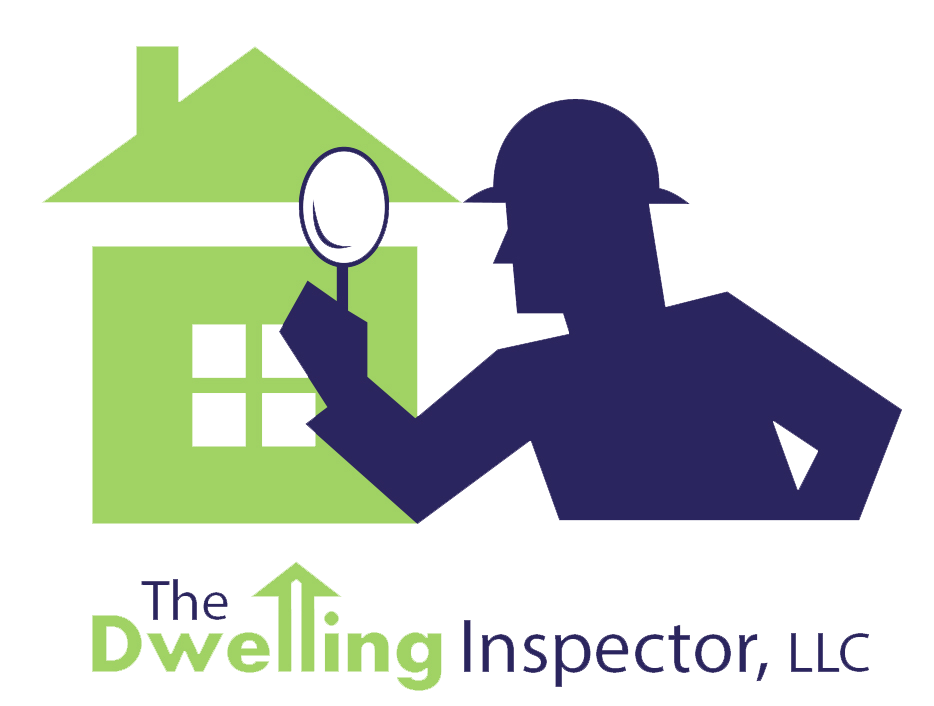The Benefits of a Warranty Inspection
A warranty inspection isn’t something that everyone knows about when they purchase a new home, but it is one of the most important things that you can do as a new construction homeowner.
What is a Warranty Inspection?
A warranty inspection is only done on homes that have been newly built are less than a year old. A warranty inspection is typically done around the 11 month mark – just before the home hits one year old. This is because the builder’s warranty that comes with a new construction home is only good for one year after construction has been finished.
A warranty inspection involves an analysis of the home & things that the builder may have made a mistake on during the construction process.
What is Inspected During a Warranty Inspection?
A warranty inspection is almost the same as an inspection that you would get on a home before you purchase it.
The difference is that the inspector will look for specific issues that are commonly submitted in a warranty claim. These are typically:
- Foundation
- Roof
- Electrical and wiring systems
- Patios, driveway, and surrounding sidewalk
- Doors and windows
- Garage
- Heating, Ventilation, & Air Conditioning units (HVAC)
- Siding and exterior of the home
Since these elements of the home are part of the construction process, they are covered by the builder’s warranty.
Why Should I Get a Warranty Inspection?
Getting a warranty inspection in the time before the warranty expires can save you a lot of money. Although the home may not require repairs before it is a year old, your inspector can see things that will develop into greater issues with time.
Since the builder is liable to fix anything found during a warranty inspection, you can have these issues repaired at no cost to you, which is a huge advantage.
If you choose not to get a warranty inspection before it expires, then any problems that pop up later are your responsibility to fix out of your own pocket, because the builder is no longer liable for any mistakes or misconstruction of the home.
Read More: Commonly Missed Red Flags When Buying a Home




